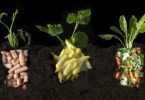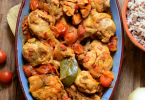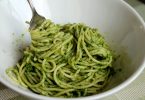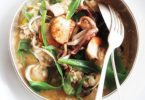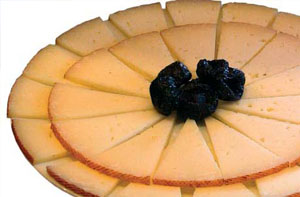 From the moors in sunny Andalucía, to the Basques, whose origins are lost in the midst of history, Spain’s many distinct regions and cultures produces an amazing array of over 100 artisan cheese from the miltk of cows, sheep and goats. We have assembled for a representative selection of theses distint hand-fashioned cheeses that are the pride of Spain.
From the moors in sunny Andalucía, to the Basques, whose origins are lost in the midst of history, Spain’s many distinct regions and cultures produces an amazing array of over 100 artisan cheese from the miltk of cows, sheep and goats. We have assembled for a representative selection of theses distint hand-fashioned cheeses that are the pride of Spain.Connoisseur’s Guide to Spanish Cheese
 From the moors in sunny Andalucía, to the Basques, whose origins are lost in the midst of history, Spain’s many distinct regions and cultures produces an amazing array of over 100 artisan cheese from the miltk of cows, sheep and goats. We have assembled for a representative selection of theses distint hand-fashioned cheeses that are the pride of Spain.
From the moors in sunny Andalucía, to the Basques, whose origins are lost in the midst of history, Spain’s many distinct regions and cultures produces an amazing array of over 100 artisan cheese from the miltk of cows, sheep and goats. We have assembled for a representative selection of theses distint hand-fashioned cheeses that are the pride of Spain.
